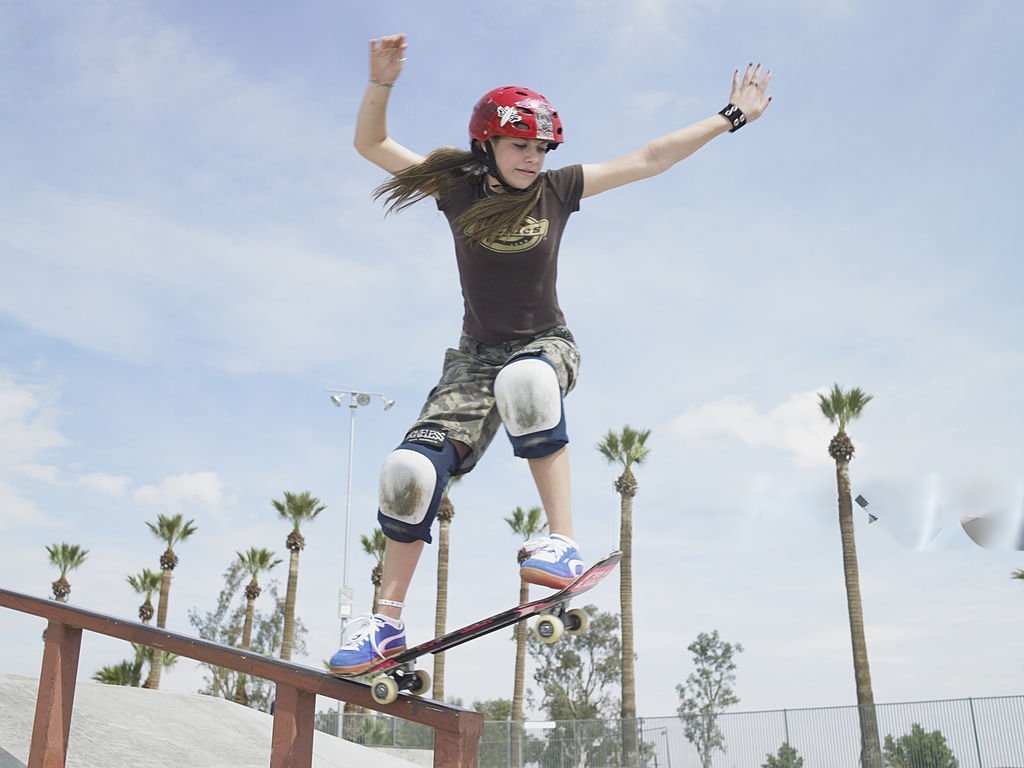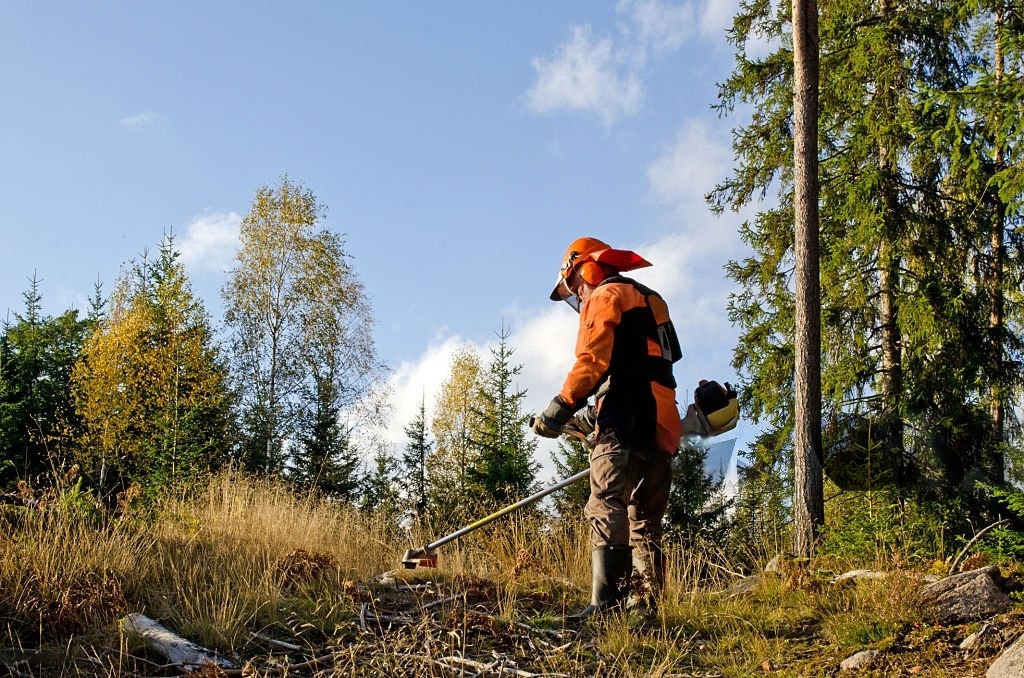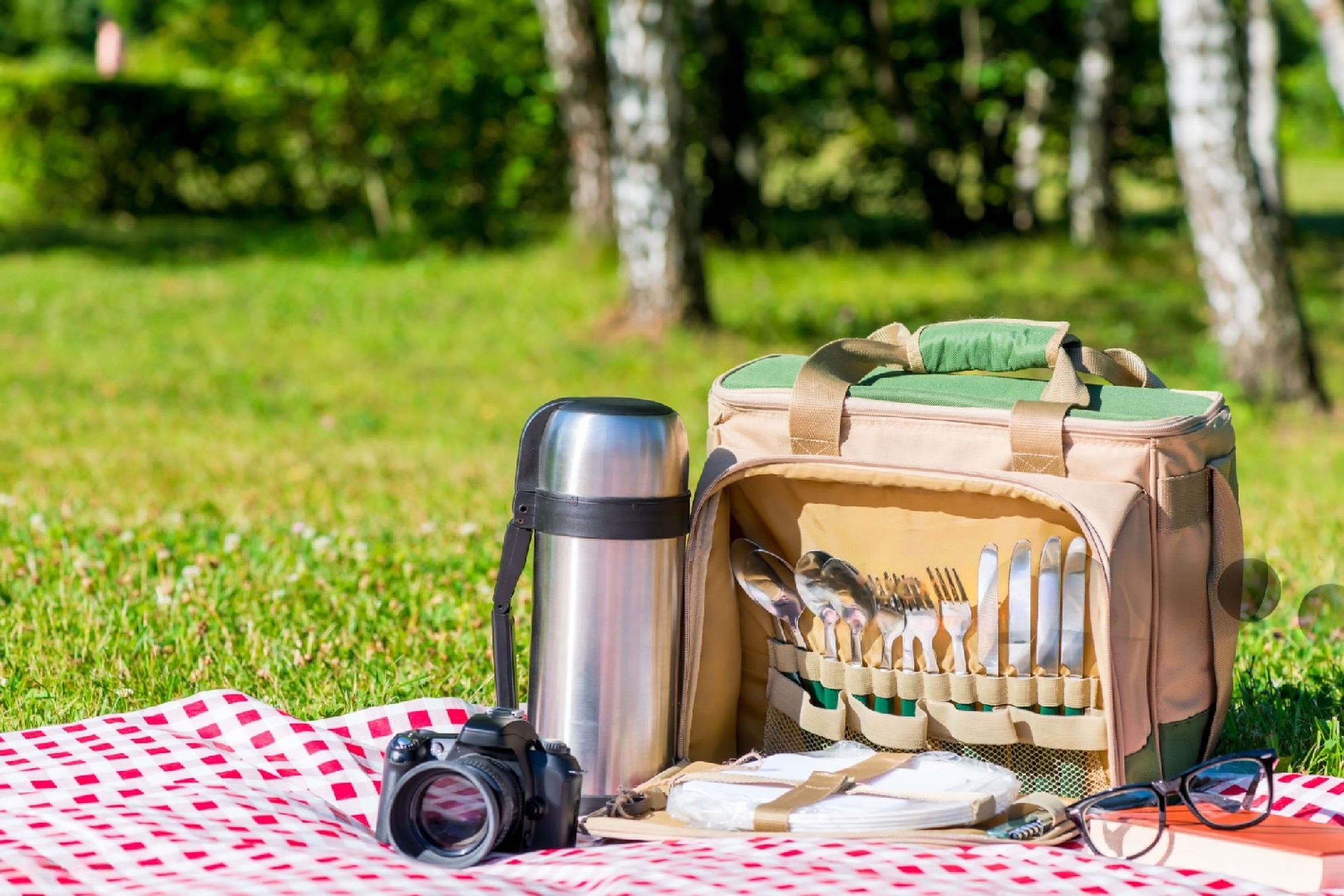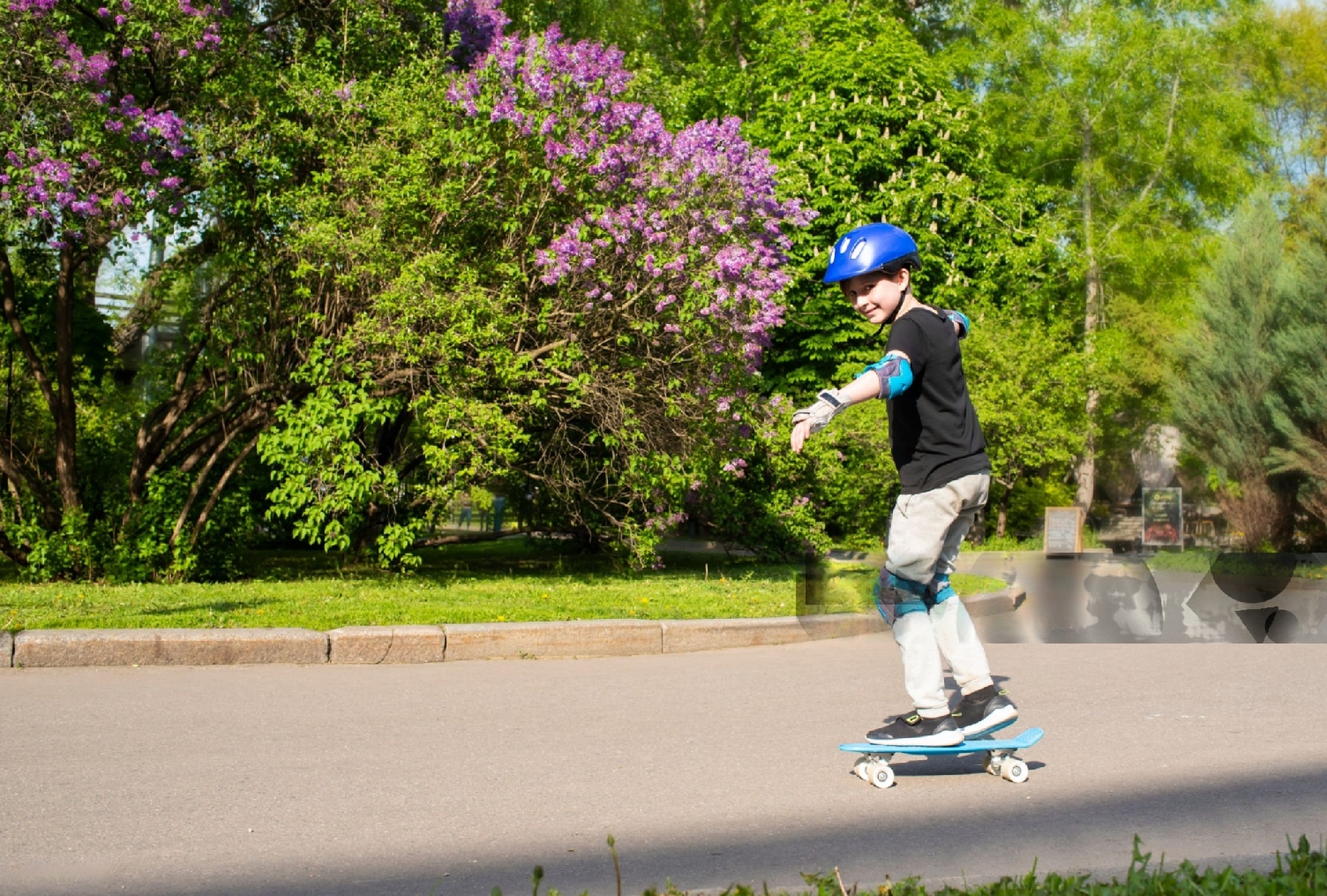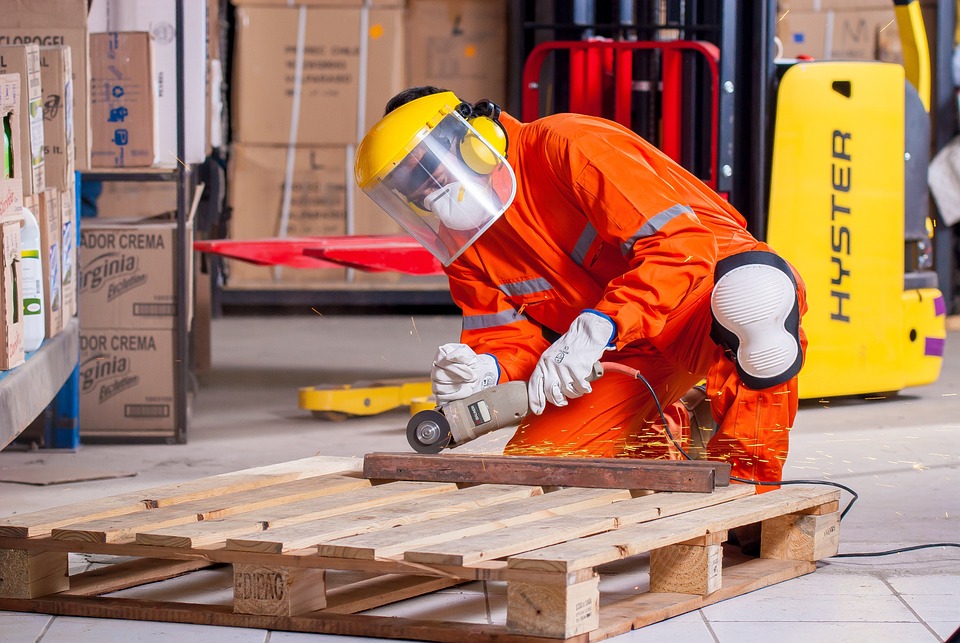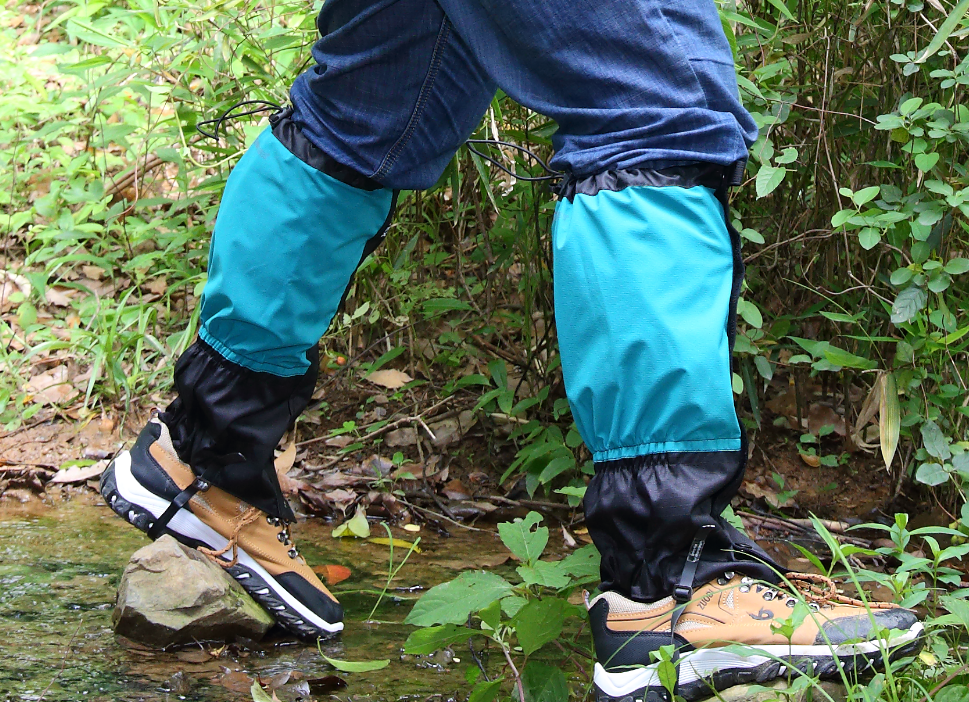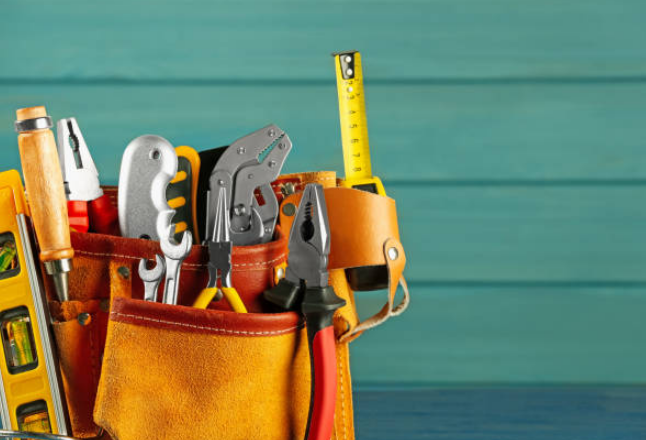Many countries allow hunting to some extent, although the regulations and restrictions vary widely. Some countries known for their hunting opportunities include: United States: Hunting is a popular activity in many states, with regulations varying by state and species. The U.S. has a rich hunting tradition, with diverse game species available across the country. Canada: Canada offers abundant hunting opportunities, particularly for big game such as moose, deer, and bear. Like the U.S., hunting regulations in Canada are managed at the provincial level. South Africa: South Africa is famous for its wildlife and offers hunting safaris for both native and exotic game species. The country has a well-regulated hunting industry that contributes to conservation efforts. Argentina: Argentina is known for its bird hunting, particularly dove hunting in regions like Cordoba. Big game hunting is also available, including for species like red stag and water buffalo. Russia: Russia has vast wilderness areas where hunting is permitted, including for species like bear, elk, and Siberian ibex. Hunting regulations in Russia can vary by region. Namibia: Namibia has a well-regulated hunting industry that contributes to conservation and rural development. Trophy hunting of species like antelope, zebra, and even certain big cats is permitted under strict regulations. New Zealand: New Zealand offers hunting opportunities for introduced game species such as deer, tahr, and chamois. Hunting regulations are managed by the Department of Conservation. These are just a few examples, and many other countries around the world allow hunting under various regulations and conditions. It’s essential for hunters to research and adhere to local hunting laws and guidelines. So what shall we take when hunting and fishing outdoor? Accessories when Hunting and Fishing Wellington? Hunting:Hunting License and Tags: Ensure you have all required permits and tags for the species you’re hunting. Firearm or Bow: Make sure your weapon is properly maintained and legal for the type of game you’re hunting.Ammunition or Arrows: Bring an adequate supply for your hunt.Clothing: Dress in layers appropriate for the weather and terrain, including blaze orange for visibility if required.Footwear: Wear sturdy, waterproof boots suitable for the terrain.Optics: Binoculars or a spotting scope can be helpful for locating game.Knife: A quality hunting knife for field dressing and processing game.Backpack or Hunting Bag: To carry gear, water, snacks, and other essentials.Map and Compass/GPS: Navigation tools to help you find your way.First Aid Kit: Include supplies for treating minor injuries and emergencies.Water and Snacks: Stay hydrated and energized during your hunt.Safety Gear: Whistle, signaling device, and possibly a GPS locator in case of emergencies.Game Calls: If you’re using them to attract game.Scent Control Products: Depending on the game and hunting strategy. Fishing:Fishing License: Make sure you have a valid fishing license for the area you’ll be fishing.Fishing Rod and Reel: Bring the appropriate gear for the type of fishing you’ll be doing.Tackle Box: Stocked with a variety of lures, hooks, weights, and other tackle.Bait: Live bait or artificial lures depending on your preference and the type of fish you’re targeting.Fishing Line: Extra spools of fishing line in case of breakage.Net or Landing Tool: To safely land and handle fish.Fish Gripper or Pliers: For removing hooks and handling fish.Sun Protection: Hat, sunglasses, sunscreen to protect against sun exposure.Appropriate Clothing: Dress for the weather and consider wearing clothing that dries quickly if you’ll be in or near the water.Water and Snacks: Stay hydrated and fueled during your fishing trip.First Aid Kit: Include supplies for treating minor injuries.Safety Gear: Life jacket if fishing from a boat or in deep water.Tools and Accessories: Such as a line cutter, knot-tying tool, and fish scale.Whether hunting or fishing, always check local regulations and guidelines before heading out, and prioritize safety at all times. Additionally, consider factors such as the duration of your outing, the location, and any specific needs or preferences you may have. “Fishing bags” typically refer to specialized bags or packs designed specifically for anglers to carry their fishing gear and accessories while fishing. These bags come in various shapes, sizes, and styles, catering to different types of fishing and personal preferences. Here are some common types of fishing bags: Tackle Bags: Tackle bags are designed to carry fishing tackle such as lures, hooks, lines, and other fishing accessories. They often feature multiple compartments, pockets, and trays for organizing tackle. Backpacks: Fishing backpacks are similar to regular backpacks but are designed with features tailored to anglers’ needs. They typically have compartments for storing tackle boxes, gear, and other essentials, as well as features like rod holders and hydration bladder compatibility. Sling Packs: Sling packs are single-shoulder bags that can be quickly rotated to the front for easy access to gear without having to remove the pack. They’re popular among anglers who prefer a more streamlined and lightweight option. Waist Packs: Waist packs, also known as hip packs or fanny packs, are worn around the waist and provide easy access to fishing essentials while keeping hands free. They’re ideal for anglers who want to travel light or fish in areas where carrying a backpack may be cumbersome. Dry Bags: Dry bags are waterproof bags designed to keep gear and valuables dry and protected from water. They’re often used by anglers who fish in wet or aquatic environments, such as kayak fishing or wading. Rod Tubes/Cases: While not technically bags, rod tubes or cases are designed to protect fishing rods during transportation. They come in various lengths and materials, from simple fabric sleeves to hard-shell cases. When choosing a fishing bag, consider factors such as the type of fishing you’ll be doing, the amount of gear you need to carry, comfort, durability, and organization features. Additionally, ensure that the bag is made from water-resistant or waterproof materials if you’ll be fishing in wet conditions.


